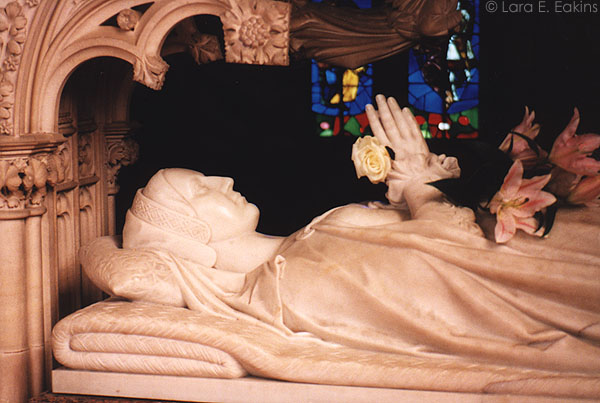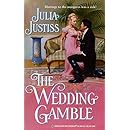Happy Saturday, everyone! I’m very excited, because after a few weeks of work the New Look of my website is ready to go. Check it out here! (It’s still a WIP, so any comments/suggestions are most welcome)
 And so, last week was the finale of The Bachelorette. I admit I don’t usually watch a whole series of Bachelor/Bachelorette. I go on enough boring dates in real life to not want to sit through it on TV! (Plus it’s Monday, Gossip Girl is on!) Yet there is something about the finale that pulls me in. The cheesy, faux-romantic sets! The tears and angst! The copious picking up and twirling around! Despite the Bachelorette DeAnna’s slightly surprising choice of the “shredding” snowboarder Jesse over predictable Jason, it was kinda sweet and enjoyable.
And so, last week was the finale of The Bachelorette. I admit I don’t usually watch a whole series of Bachelor/Bachelorette. I go on enough boring dates in real life to not want to sit through it on TV! (Plus it’s Monday, Gossip Girl is on!) Yet there is something about the finale that pulls me in. The cheesy, faux-romantic sets! The tears and angst! The copious picking up and twirling around! Despite the Bachelorette DeAnna’s slightly surprising choice of the “shredding” snowboarder Jesse over predictable Jason, it was kinda sweet and enjoyable.
But I’m always struck by the difference in tone between the Bachelor and Bachelorette, aka the difference between what happens when the men have to chase the woman vs. when the women chase the man. The Bachelor tends to end with awkward hugs and vows of ‘getting to know each other better.’ The Bachelorette seems to end in declarations of soulmate-dom, of True Love Forever. (I sometimes get the sense that the Bachelor, after being wildly pursued by 20 beautiful, and often tipsy, 24-year-olds, feels that he is far hotter than he actually is, and thus why should he settle down with just one? Whereas the Bachelorette is a rare prize to be fought over).
 And speaking of women chasing men and vice versa, on this date in 1543 Henry VIII married his sixth and last wife Catherine Parr. Poor Catherine–no final roses or fantasy dates in the Bahamas for her! She had already been married twice to much-older men, and Henry was gouty, crazy, and immensely fat, and in need of a devoted nurse (having dispatched 5 wives already). Catherine, despite being in love and nearly betrothed to the handsome, dashing, but in the end wildly idiotic Thomas Seymour, had no choice. She married the king at Hampton Court, in a quiet ceremony with 20 witnesses.
And speaking of women chasing men and vice versa, on this date in 1543 Henry VIII married his sixth and last wife Catherine Parr. Poor Catherine–no final roses or fantasy dates in the Bahamas for her! She had already been married twice to much-older men, and Henry was gouty, crazy, and immensely fat, and in need of a devoted nurse (having dispatched 5 wives already). Catherine, despite being in love and nearly betrothed to the handsome, dashing, but in the end wildly idiotic Thomas Seymour, had no choice. She married the king at Hampton Court, in a quiet ceremony with 20 witnesses.
But she was not just a devoted nurse of elderly husbands. She was deeply interested in the reformed Protestant faith, and her scholarly achievements were impressive (her 1545 book Prayers and Meditations, was the first work ever published by an English queen under her own name. Another book, The Lamentation of a Sinner, was published after Henry’s death). She was also a devoted stepmother, both to the children of her second husband and to Henry’s 3 children, Mary, Elizabeth, and Edward, personally supervising their education.
It was her interest in the Protestant faith and encouragement of study within her household that nearly led her to the block in 1546. The conservative faction at Court had never been happy about her marriage, and the fact that she and her ladies were known to have banned books, the possession of which was grounds for arrest and execution on charges of heresy. The warrant was accidentally dropped, and seen by someone loyal to Catherine, giving her time to go to the king and claim that she only discussed and argued issues of religion with him so she could take his mind off his troubles. Playing to Henry’s ego was always a good thing, and she was spared from being the third queen executed.
 After the king’s death in 1547, she married Seymour (a bad decision), and in 1548 died in childbirth at the age of 37. She was buried at her home at Sudeley Castle, with another of her young proteges, Lady Jane Grey, as chief mourner.
After the king’s death in 1547, she married Seymour (a bad decision), and in 1548 died in childbirth at the age of 37. She was buried at her home at Sudeley Castle, with another of her young proteges, Lady Jane Grey, as chief mourner.
So, did you watch Bachelorette? What did you think of the ending, or of the Bachelor franchise in general? Any favorite wives of Henry VIII? (Catherine Parr is actually tied with Katherine of Aragon as my second-fave, behind number one Anne Boleyn!)









